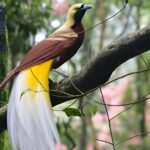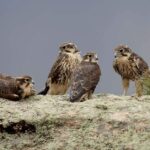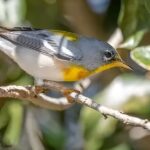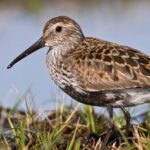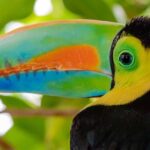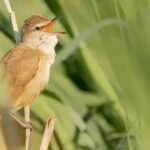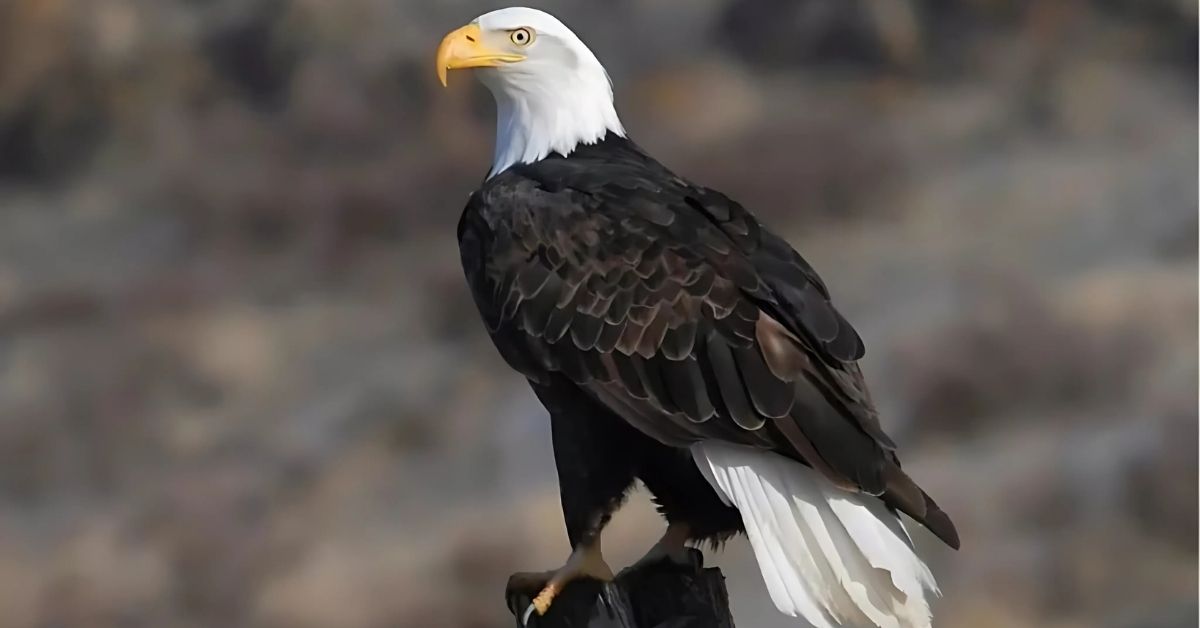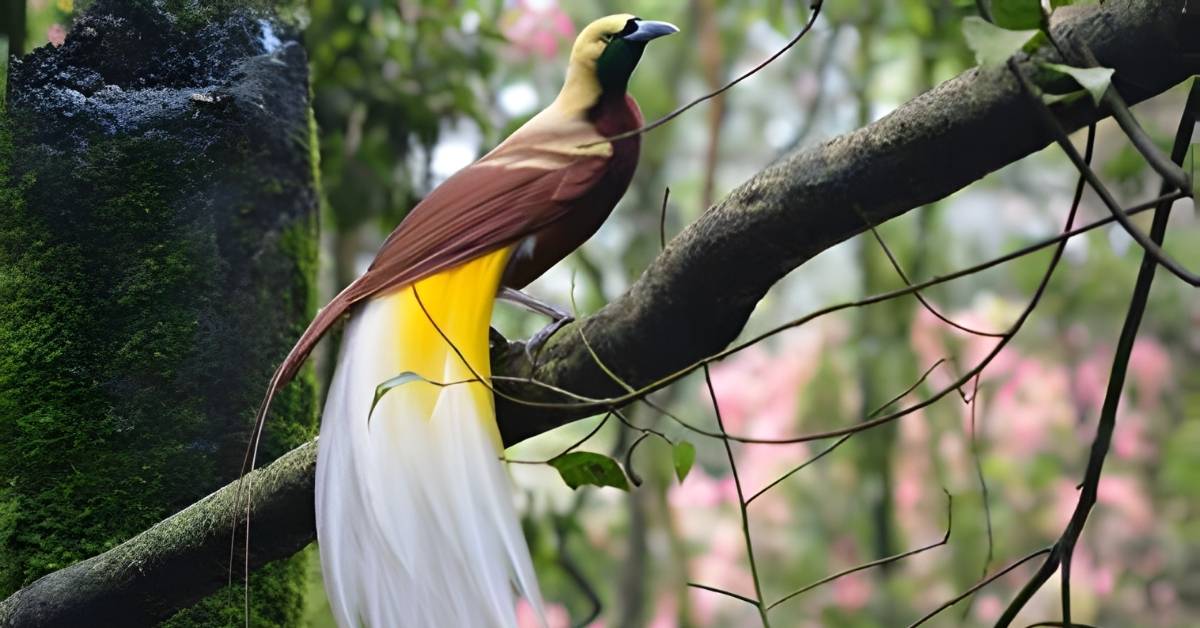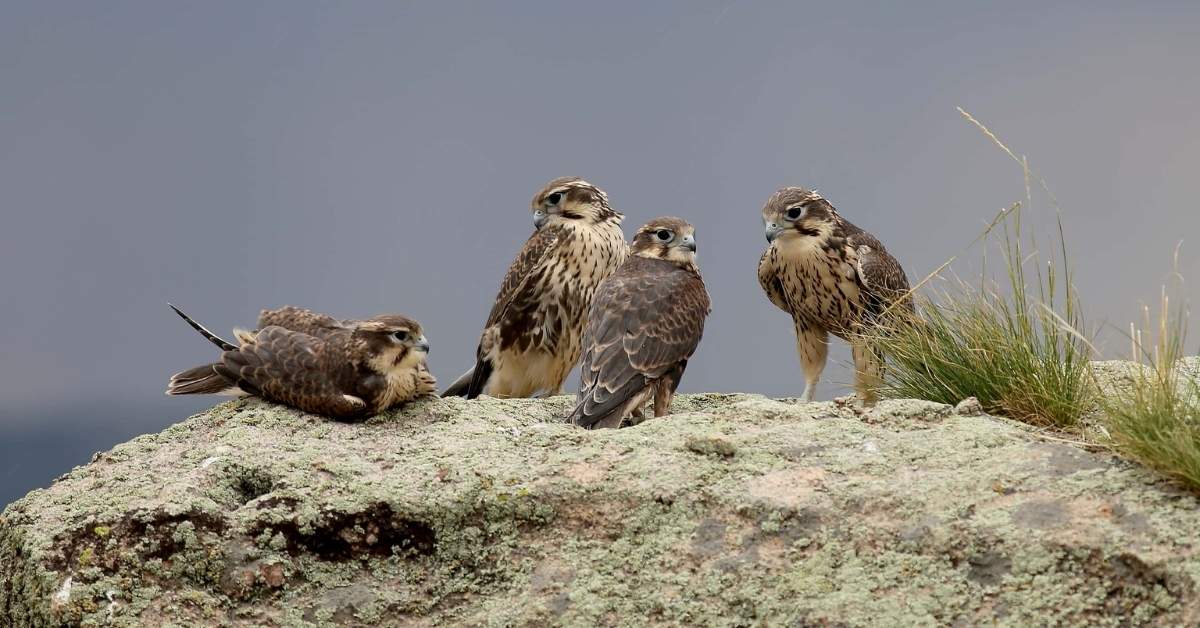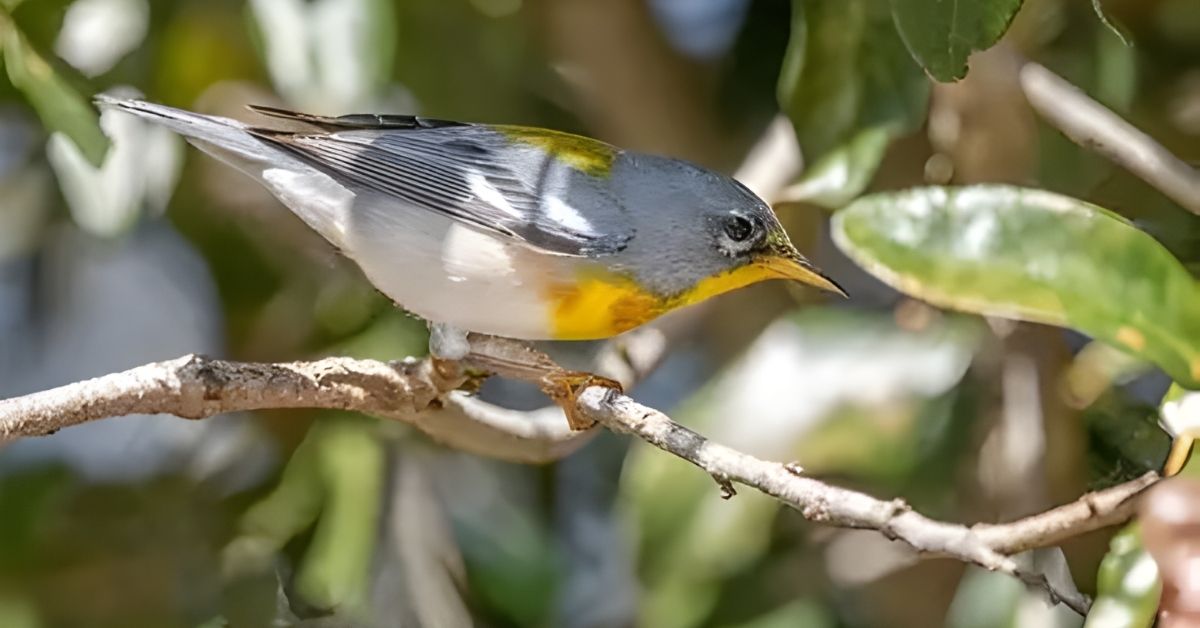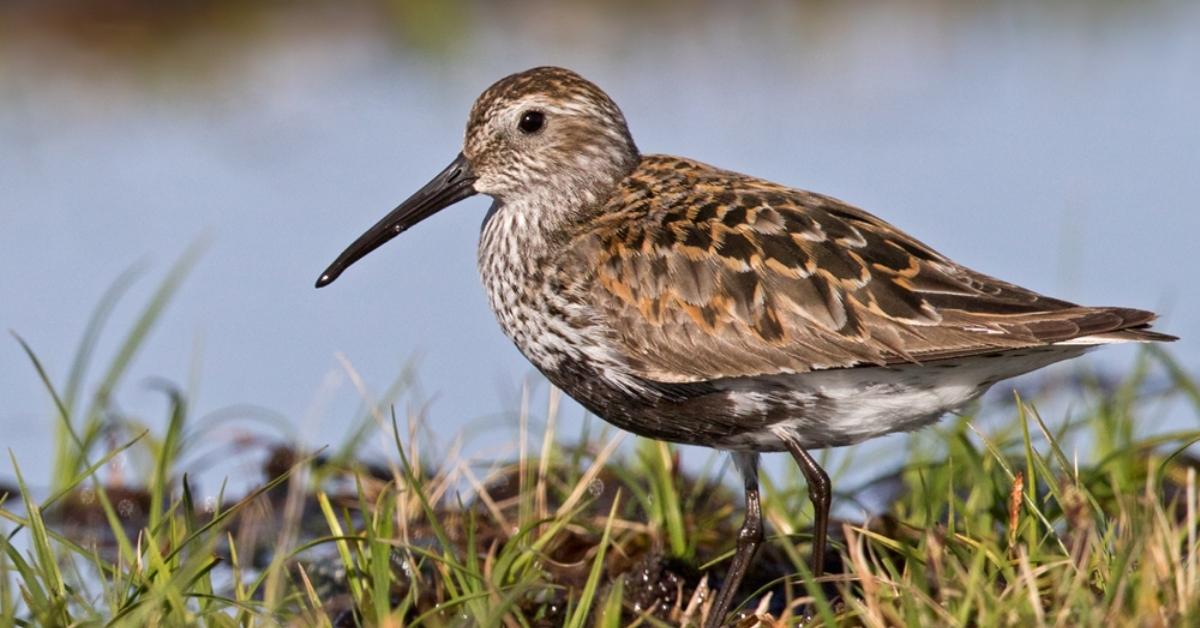Wyoming is home to some of the largest birds in Wyoming, and they are truly amazing to see. From mountains to wetlands, the state gives shelter to these giants of the sky. Birdwatchers travel here to spot the largest birds in Wyoming, from eagles with wide wings to swans that glide across lakes. These birds aren’t just big, they also shape the balance of nature.
When you look for the largest birds in Wyoming, you’ll find power, beauty, and grace. The largest birds in Wyoming include hawks, cranes, and pelicans. Each one tells the story of the wild heart of this land.
Bald Eagle – Haliaeetus leucocephalus
The Bald Eagle is perhaps the most recognizable of the largest birds in Wyoming, and it symbolizes freedom across the United States. With a body length that can reach 28 to 40 in or about 70 to 102 cm, and a wingspan stretching between 71 and 96 in (180 to 244 cm), this bird commands attention whenever it soars above rivers and lakes. Weighing anywhere from 105.8 to 222.2 oz, or about 3000 to 6300 g, it’s among the heaviest raptors in North America. You’ll often spot them near large bodies of water where fish is plentiful, because fish forms the bulk of their diet.
Eagles build enormous nesting platforms high in trees or on cliffs, sometimes reusing the same site for years and enlarging it each season until it becomes massive. Once threatened by hunting and pesticides, Bald Eagles faced steep declines, but strong recovery programs have brought their numbers back. Today, they thrive in places like Yellowstone and along the Snake River, serving as proof that conservation efforts can truly work.
Canada Goose – Branta canadensis
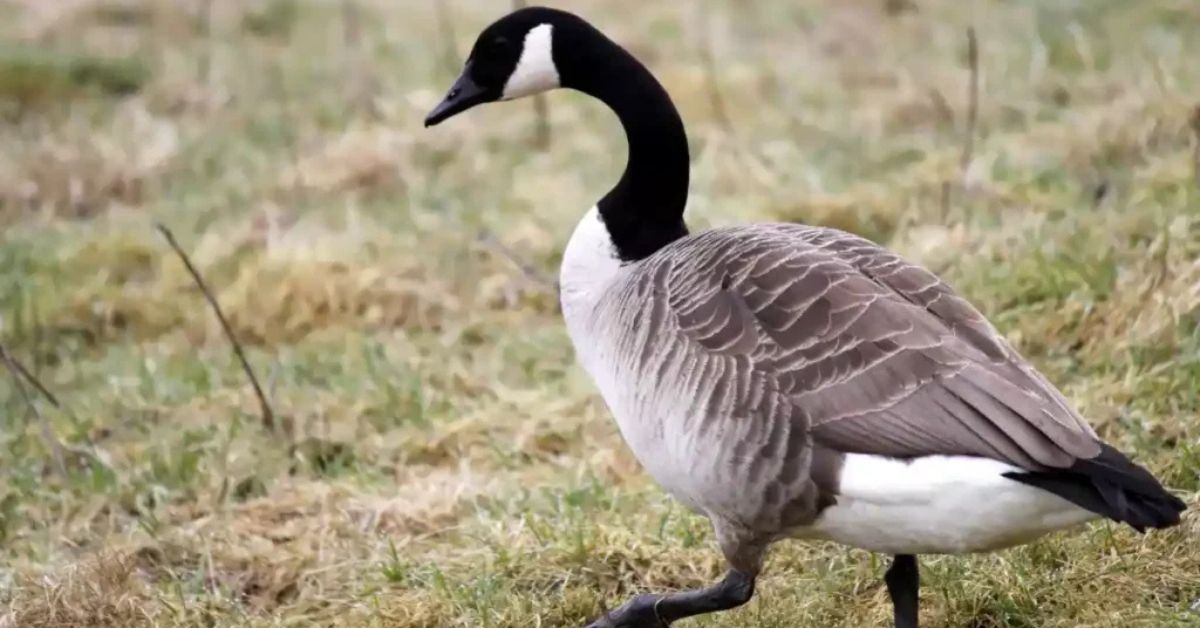
The Canada Goose is another standout when we talk about the largest birds in Wyoming. Known for its distinctive honking calls and V-shaped flight formations, this bird measures 30 to 43 in (75 to 110 cm) in length, with a wingspan that reaches 50 to 73 in (127 to 185 cm). Adults weigh between 5.75 and 14.25 lb, or roughly 2.6 to 6.5 kg, giving them the strength for their long migratory flights.
These geese are extremely common across the state, where they occupy wetlands, fields, parks, and water bodies. During migration, huge flocks gather to rest and feed, creating spectacular sights and sounds. Their adaptability means they thrive even in urban areas, and while some residents see them as a nuisance, their presence shows how wildlife can adapt to human environments. For birdwatchers, hearing their calls overhead in spring or fall signals the changing of the seasons.
Great Blue Heron – Ardea herodias
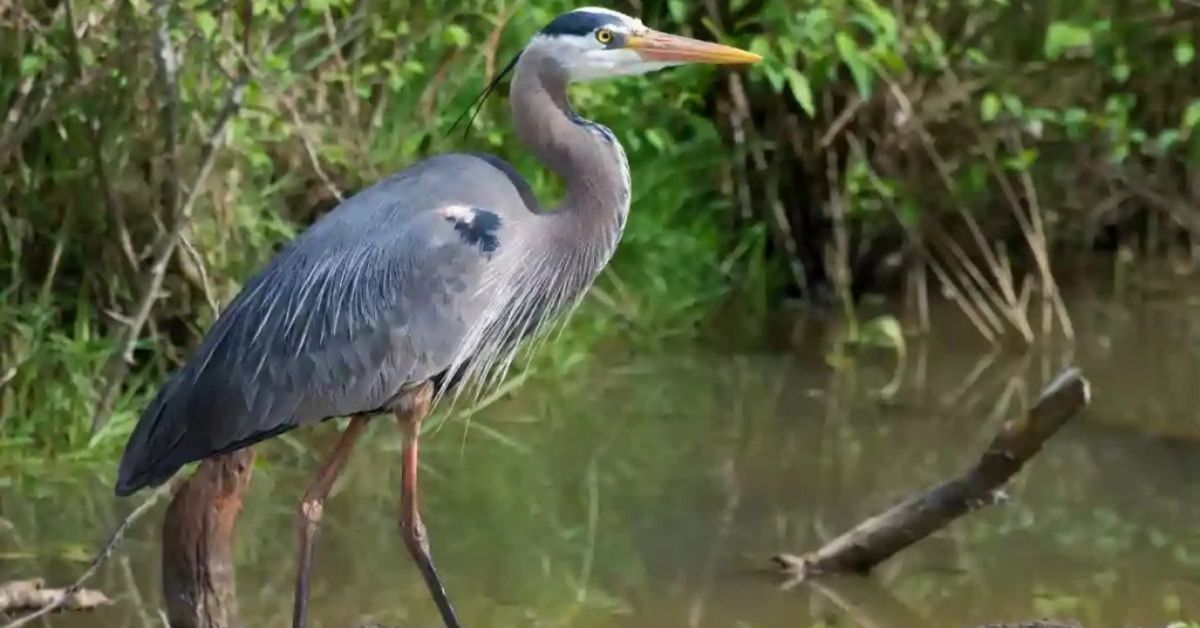
Tall and elegant, the Great Blue Heron is the tallest heron in North America and one of the largest birds in Wyoming. It typically measures 38.2 to 53.9 in (97 to 137 cm) in body length and has an impressive wingspan of 65.8 to 82 in (167 to 208 cm). Despite their size, these birds are relatively lightweight, ranging from 74.1 to 132.3 oz (about 4.6 to 8.3 lb). Their long legs and necks make them perfect for stalking prey in shallow waters.
Herons frequent wetlands, lakeshores, and riverbanks, where they move slowly and deliberately before striking at fish, amphibians, or insects with lightning speed. You’ll often see them standing still for long stretches, waiting patiently before making a move. During the breeding season, they gather in colonies called rookeries, often nesting high in trees near hunting grounds. Their graceful flight and striking silhouette against the evening sky make them unforgettable.
Sandhill Crane – Antigone canadensis
Few birds are as captivating as the Sandhill Crane, with its elegant stride and haunting calls that echo across meadows. These birds can stand as tall as 47.2 in (120 cm) and spread their wings from 78.7 to 90 in (200 to 228 cm). They weigh around 119.9 to 172.8 oz, or about 7.5 to 11 lb, making them among the tallest species in the state.
Sandhill Cranes migrate in huge flocks, passing through Wyoming each year in spectacular numbers. During migration, their synchronized flight patterns create a breathtaking sight, and their loud, trumpeting calls can be heard from miles away. They prefer marshy meadows where they forage for grains, insects, and small vertebrates. Their famous courtship dances full of leaps, bows, and wing flaps make them one of the most enchanting species to observe.
Also Read This: Red Orange amp Yellow Birds of Wyoming
Trumpeter Swan – Cygnus buccinator
The Trumpeter Swan is the heaviest living bird in North America and an icon among the largest birds in Wyoming. Adults often measure 54 to 62 in (138 to 158 cm) in length, with a wingspan that can reach a staggering 102 in (260 cm). These birds can weigh up to 401.6 oz, or about 25 lb, making them true giants of the avian world.
They prefer habitats such as lakes, marshes, and wetlands, where they graze on aquatic plants. Once nearly driven to extinction, they have staged a remarkable comeback thanks to careful management and reintroduction programs. Watching a Trumpeter Swan glide gracefully across the water or hearing its loud, trumpet-like call feels like stepping back in time to a wilder North America. Their sheer size and beauty make them one of Wyoming’s most unforgettable wildlife experiences.
Tundra Swan – Cygnus columbianus
Another striking swan in Wyoming is the Tundra Swan, slightly smaller than its Trumpeter cousin but still impressive in size. Adults range from 47.2 to 57.9 in (120 to 147 cm) in length, with a wingspan that stretches around 66.1 in (168 cm). Their weight falls between 134.0 and 370.4 oz, or about 8.4 to 23.15 lb, giving them the strength for long migratory journeys.
Tundra Swans are migratory birds that breed in the Arctic and travel south for the winter. They stop in Wyoming during migration, often gathering in large flocks on open water. Their calls are softer and more musical compared to Trumpeters, and seeing both species side by side in Wyoming’s wetlands is a memorable experience. Their presence highlights the importance of the state as a resting point along major migration routes.
Double-crested Cormorant – Phalacrocorax auritus
The Double-crested Cormorant may not be as large as swans or cranes, but it’s still one of the largest birds in Wyoming thanks to its powerful build and unique lifestyle. Adults range from 27.6 to 35.4 in (70 to 90 cm) in length with a wingspan of 44.9 to 48.4 in (114 to 123 cm). Their weight ranges from 2.6 to 5.5 lb or about 1.2 to 2.5 kg.
They are expert divers, plunging beneath the water to chase fish with their sharp bills. You’ll often see them perched with wings spread wide, drying their feathers in the sun. Colonies form around lakes and reservoirs, sometimes numbering in the thousands. Their close relationship with aquatic ecosystems makes them important indicators of water health. Despite occasional conflict with fishermen, these birds are fascinating to watch, especially during feeding frenzies.
Great Gray Owl – Strix nebulosa
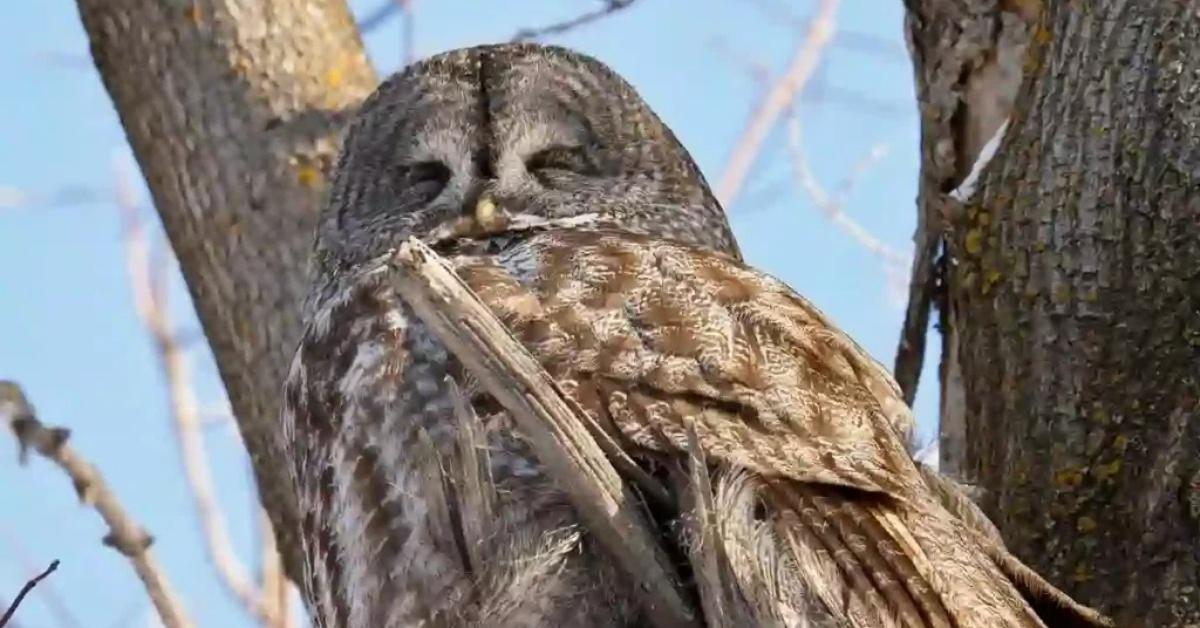
Mysterious and majestic, the Great Gray Owl is one of the tallest owls on Earth. It can grow between 24 and 33 in (61 to 84 cm) long, with a wingspan of 53.9 to 60.2 in (137 to 153 cm). Surprisingly, it’s lighter than it looks, weighing only around 2.0 to 2.8 lb (890 to 1267 g). Its massive facial disc and piercing yellow eyes give it an unforgettable appearance.
This owl prefers dense forests near open meadows, where it listens for rodents moving under the snow. Using its keen hearing, it can dive silently to catch prey hidden beneath layers of ice and grass. The Great Gray is secretive by nature, making sightings rare and thrilling. For many birdwatchers, spotting one in Wyoming feels like discovering a ghost of the woods.
American White Pelican – Pelecanus erythrorhynchos
Among the largest birds in Wyoming, the American White Pelican stands out with its sheer size and cooperative feeding style. These birds grow 50 to 65 in (127 to 165 cm) long, with wings that stretch an astonishing 96 to 114 in (244 to 290 cm). They weigh between 158.7 and 317.5 oz, or about 10 to 20 lb, making them both tall and heavy.
You’ll often see pelicans working together to herd schools of fish toward shallow waters before scooping them up with their massive bills. They prefer isolated islands in lakes for nesting, safe from predators. Watching a flock of White Pelicans glide across a lake’s surface with synchronized wingbeats is a sight you’ll never forget. Their blend of grace and teamwork sets them apart from other waterbirds.
Ferruginous Hawk – Buteo regalis
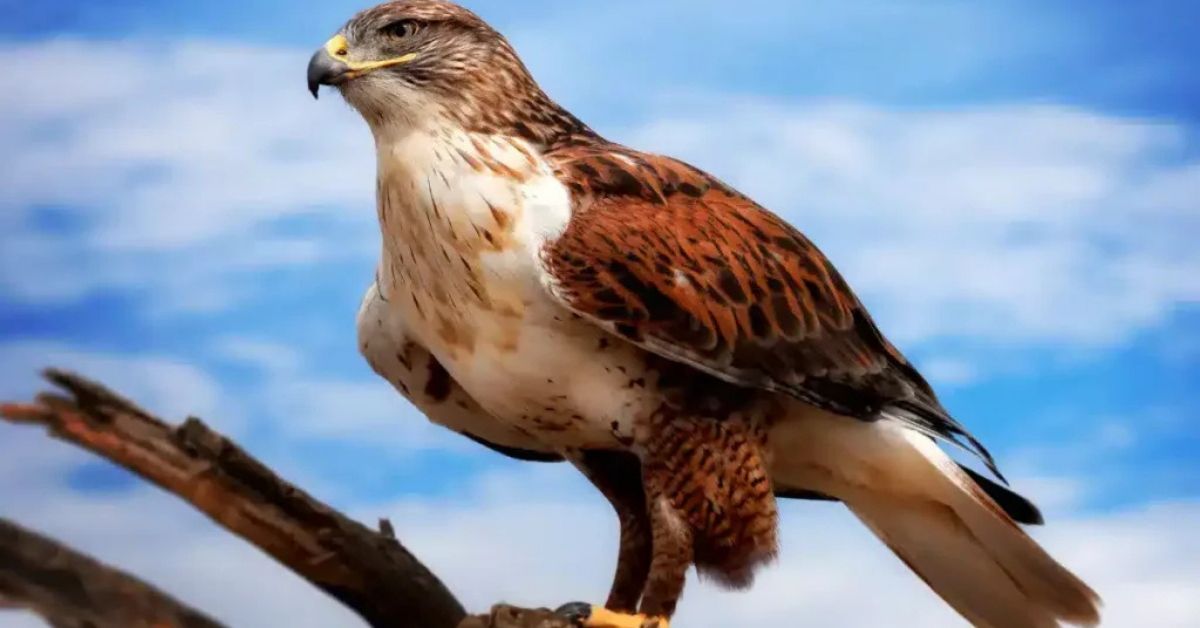
The Ferruginous Hawk is the largest hawk in North America, and it makes its presence known across Wyoming’s open plains. Adults measure 19.7 to 27.2 in (50 to 69 cm) long with a wingspan of 52.4 to 60.2 in (133 to 153 cm). Their weight ranges from 34.5 to 73.2 oz, or about 2.2 to 4.6 lb, giving them the strength to take down large prey.
Ferruginous Hawks prefer wide-open landscapes like prairies and grasslands, where they soar in search of rabbits, prairie dogs, and other small mammals. Their rusty-colored plumage and broad wings make them easy to identify, especially when perched on fence posts or hovering low over the plains. Watching one hunt shows just how powerful these raptors are, and their role in controlling rodent populations highlights their importance to the ecosystem.
FAQs
What is the largest bird in Wyoming?
The American White Pelican is the largest bird in Wyoming, with a wingspan of up to 9 feet.
What is the largest animal in Wyoming?
The American Bison is the largest animal in Wyoming, weighing up to 2,000 pounds.
What is the largest hawk in Wyoming?
The Ferruginous Hawk is the largest hawk in Wyoming, known for its broad wings and powerful hunting skills.
Conclusion
The largest birds in Wyoming show how rich and wild the state truly is. You can see eagles over rivers, swans on quiet lakes, and cranes in open meadows. The largest birds in Wyoming are not just big. They are strong, graceful, and full of life. Each one has its own role in nature. Some hunt fish, some eat plants, and some travel long miles during migration.
When people search for the largest birds in Wyoming, they find more than size. They discover beauty, power, and history. The largest birds in Wyoming remind us to protect wetlands, forests, and fields. Without these birds, Wyoming would not feel the same.

Spiritual Vora shares deep insights on dreams, angel numbers, spiritual meanings, and inner healing. Our mission is to guide souls toward clarity, growth, and divine connection through uplifting and enlightening content.

